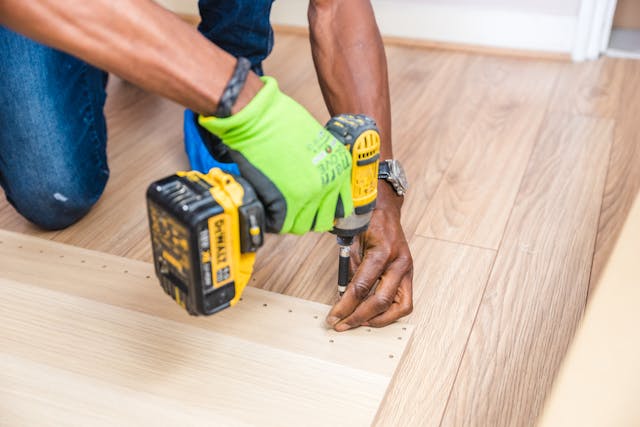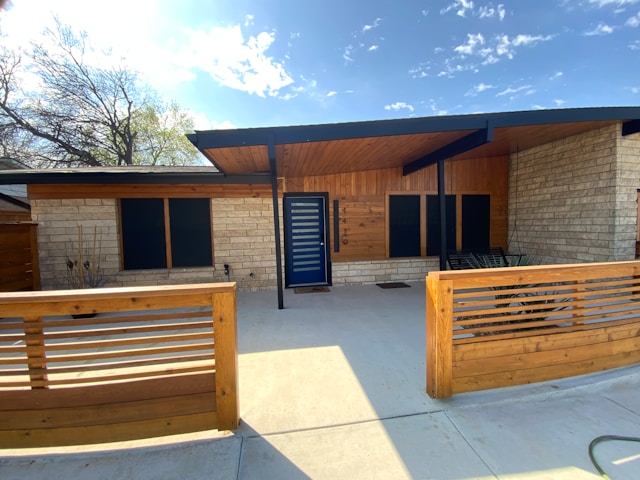Bringing a newborn home is a moment filled with joy, excitement, and a touch of anxiety. Every parent’s priority is to create a safe environment for their little one’s growth and exploration. Fortunately, there are essential baby safety basics that can transform your home into a secure haven, giving both you and your baby peace of mind.
From baby-proofing furniture to selecting the right crib accessories, understanding and utilizing the proper safety items is crucial for minimizing risks and preventing accidents. In this guide, learn about must-have baby safety products that help protect your infant at every stage.
Why Baby Safety Matters
Infants and toddlers are naturally curious but have limited awareness of dangers in their environment. Baby-proofing your home doesn’t just prevent injuries—it supports healthy development by allowing safe exploration. Babies need protection around sharp corners, electrical outlets, choking hazards, and falls, among other risks. Early investment in safety products reduces stress and enables parents to relax while their little ones roam freely.
Essential Baby Safety Items for Every Home
- Crib Safety Accessories
The crib is your baby’s first bedroom, so choosing safe and comfortable bedding is vital. Opt for these comfortable baby crib sheets made from breathable, hypoallergenic materials that reduce risks of overheating and suffocation. Use a firm mattress that fits snugly without gaps. Avoid heavy blankets, pillows, or stuffed animals inside the crib as these can pose a suffocation hazard. Additionally, crib bumpers are no longer recommended by pediatricians due to safety concerns.
- Baby Gates and Safety Doors
To keep your baby away from dangerous areas such as stairs, kitchens, or workshops, install sturdy baby gates. Pressure-mounted gates are ideal for temporary barriers, while hardware-mounted gates provide added security near staircases. Close and lock safety doors to rooms with hazards like fireplaces, pools, or tool sheds. Choose gates with smooth edges and no wide slats to prevent entrapment.
- Cabinet and Drawer Locks
Prevent babies from accessing cleaning supplies, medicines, sharp objects, and other harmful items by installing childproof locks on cabinets and drawers. Modern safety locks come in adhesive or screw-in varieties to suit any furniture.
Magnetic locks provide an invisible but effective barrier, keeping cabinets securely closed and preserving your home’s aesthetics.
- Outlet Covers and Cord Organizers
Babies are often fascinated by electrical outlets and cords, which can quickly become dangerous. Use plastic outlet covers or sliding safety plugs to block access.
Secure cords with clips or winders to prevent strangulation or chewing. Keep cords out of reach, especially those from blinds, lamps, or electronics.
- Corner and Edge Cushions
Sharp furniture corners, fireplace hearths, and low tables can cause injury during the toddling or crawling stages. Apply soft corner and edge cushions or guards to reduce impact.
Select cushions with adhesive backing that stick firmly and use non-toxic materials safe for children.
- Door Stoppers and Finger Guards
Door stoppers and finger pinch guards prevent doors from slamming on little fingers and causing harm. Use rubber or foam stoppers placed on door edges to stop sudden closings.
Finger guards fit on the hinge side of doors, providing a protective gap and effectively stopping pinch injuries.
- Window Locks and Guards
Windows can be hazardous if left open or easy to open. Install secure window locks and consider window guards or stops to limit how far they open.
Select guards that permit emergency egress while keeping children safe from falling.
- Smoke and Carbon Monoxide Detectors
Early detection of smoke or toxic gases saves lives. Install smoke and carbon monoxide detectors on every floor and outside sleeping areas.
Test detectors monthly and replace batteries twice a year to ensure functionality.
- Baby Monitor
A reliable baby monitor lets you keep an ear and eye on your little one when they’re sleeping or playing in another room. Options range from audio monitors to video monitors with night vision and temperature sensors.
Choose a monitor with secure signals or encrypted transmission to protect your family’s privacy.
- Corner Playards and Soft Mats
Sometimes, babies need a contained space where they can play safely. Corner playards create a safe zone with padded sides.
Use soft mats or foam tiles underneath to cushion tumbles and increase comfort during awake play times.
Tips for Creating a Safe Home Environment
- Regular Safety Checks: Inspect your baby’s safety items frequently and replace worn-out or broken equipment.
- Baby-Proof Early: Start baby-proofing well before your child becomes mobile to anticipate new risks.
- Keep Small Items Out of Reach: Choking hazards like coins, buttons, and small toys are dangerous; keep them away from children.
- Secure Heavy Furniture: Anchor bookshelves, dressers, and TVs to the wall to prevent tipping accidents.
- Educate Visitors: Ensure all caregivers and guests understand household rules for baby safety.
Investing in certified, well-reviewed baby safety items ensures reliability and durability. Quality products offer greater ease of use for parents, secure protection, and peace of mind knowing your infant’s environment is carefully safeguarded. With these baby safety basics in place, your home will be a welcoming haven where your little one can explore, grow, and thrive safely every step of the way.








